
Kia Officially Joins The Uber Competitive Sub-4m Segment With The...
- Sep 18, 2020
- Views : 9147

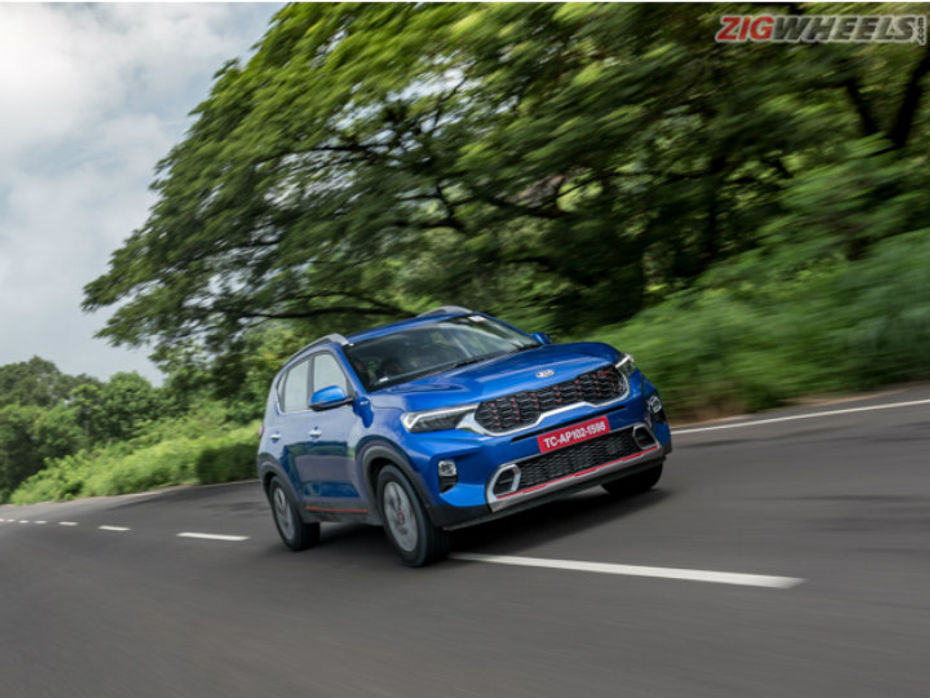
The Kia Sonet has grabbed everyone’s attention even before it has turned a wheel. A long feature list with yummy segment firsts and the Seltos’ success story fired up the excitement considerably. Like the Seltos did with the Creta, the Sonet shares its hardware -- chassis and engines -- with the sub-4m champ, the Hyundai Venue. To ensure it stands out in the action-packed segment Kia has dialed up the wow quotient to 11, but has that left enough room for substance?
And the Sonet has been launched at Rs 6.71 lakh (ex-showroom Delhi) read our launch report here.
First, the firsts
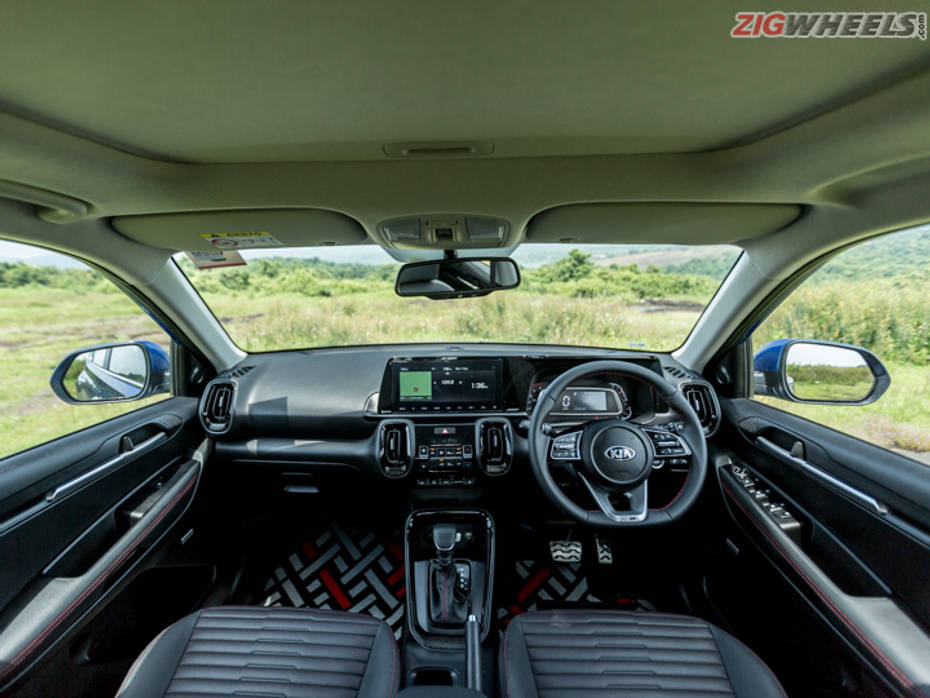
Let’s get the bragging business out of the way first. The Sonet claims many firsts like ambient mood lighting with sound mode and wireless phone charger with cooling vents. At 10.25 inches, the touchscreen for the infotainment is the largest in the segment. Connected car technology with direct voice commands is appealing for sure. The idea of a perfume dispenser with three fragrances is swanky too. Wireless phone projection for Android Auto and Apple CarPlay is geek heaven, albeit available only with the 8-inch infotainment system. Petrolheads or dieselheads will love the idea of drive modes and traction modes although these are only available with the automatic transmissions. Interestingly, the Sonet offers remote engine start with the manual transmissions too, allowing you to warm up the engine and cool the cabin before you get in. Would these change the “sweeet” quotient of a vehicle for you? Well, not for us.
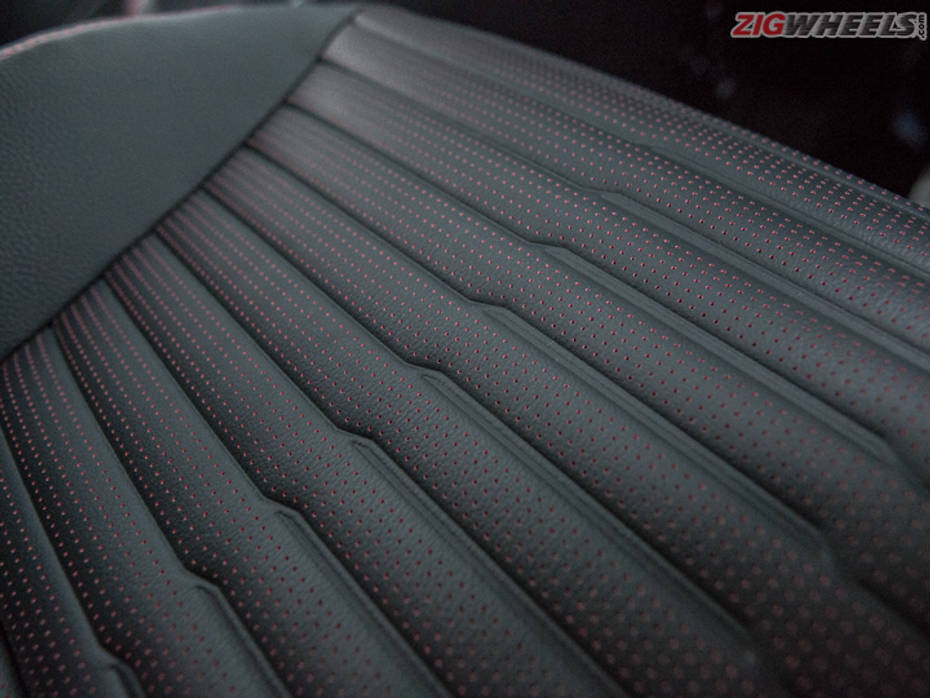
However, the Sonet packs in a few more “firsts” that show it’s also got a sensible head on its shoulders. For instance, the ventilated seats are a genuine boon for hot days and long journeys. The air purifier system uses UV light and a HEPA filter to kill viruses and bacteria and ensure that the air is 99.9% contaminant free. We’ll even include the 7-speaker Bose sound system as its rich and immersive sound impressed us more on the Sonet than on the Seltos. The inclusion of four parking sensors at the front shows that this isn’t just a token feature. Rear parking sensors are standard, of course. Last but definitely not the least is Kia’s decision to offer a proper sophisticated 6-speed torque converter automatic transmission even with the diesel engine.
Just for show?
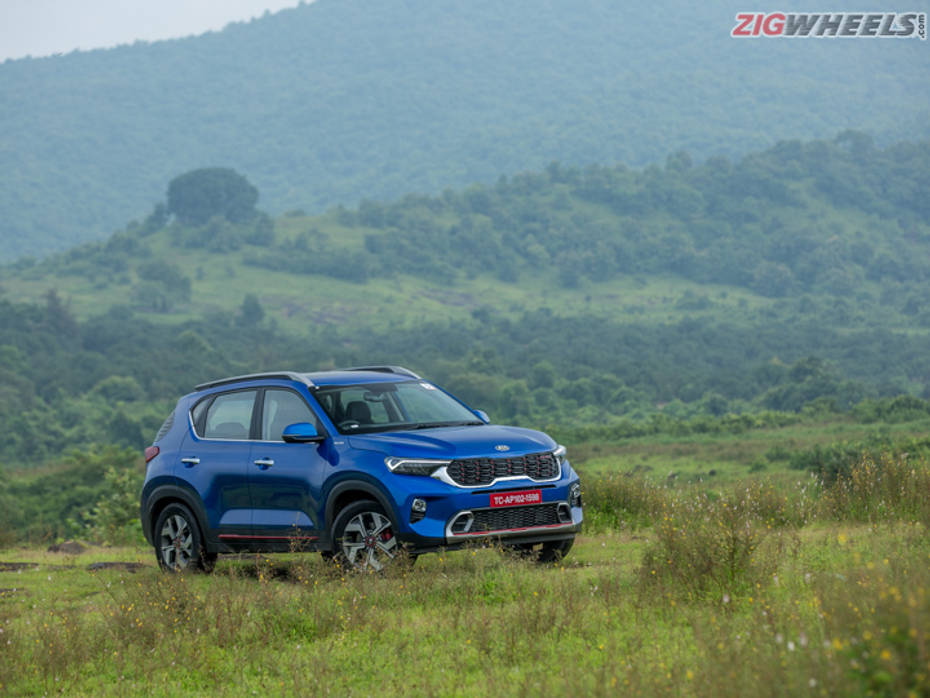
So the Sonet is related to the Venue, seriously? Most people will react this way when looking at the Sonet and Venue side by side. Although they have the same wheelbase and length, the Sonet is wider by 20mm and taller by 37mm. Surprisingly, the difference can be felt in the flesh too, as the Sonet looks quite muscular when compared to the Venue. This is down to a few other clever design choices.
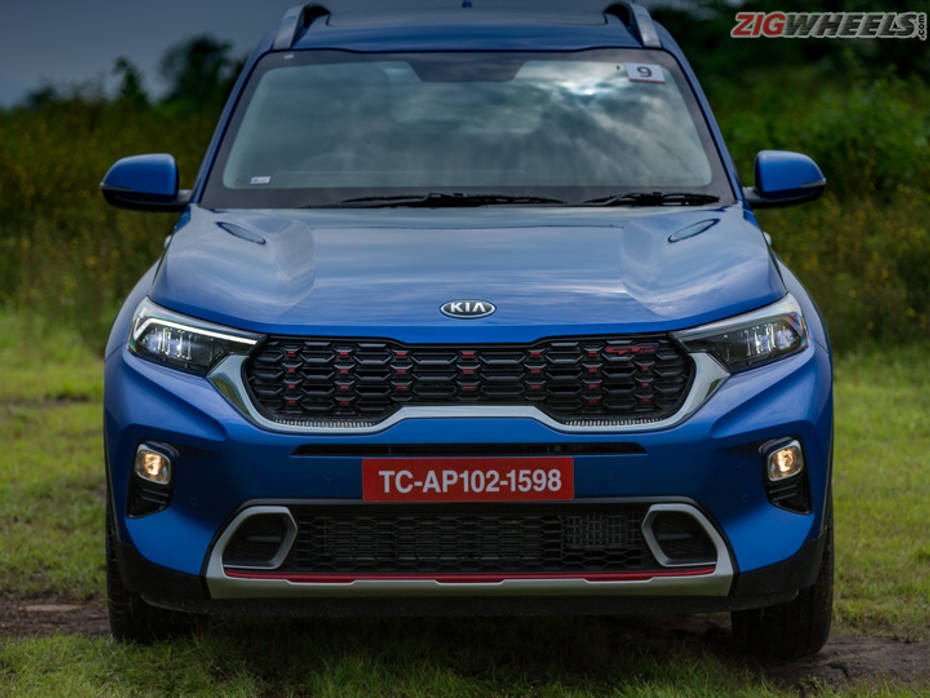
Firstly, the hood sits higher and has prominent creases to give it a tougher stance. The higher bonnet line gives it a square look from which the all-LED headlamps stare out at you intently. The “turbo” design for the skid plates, the red accents on the grille, the red brake calipers, the red streaks on the side body cladding on the GTX+ variant give it a bit of aggression too. The 16-inch alloy wheels are the same as on the Tech Line, except the silver centre cover is replaced by a red cap. Also, if you think it carries a bit more of the SUV quotient than you expected, it’s because the increase in height is also accompanied by an increase in ground clearance, 205mm to the Hyundai’s 190mm.
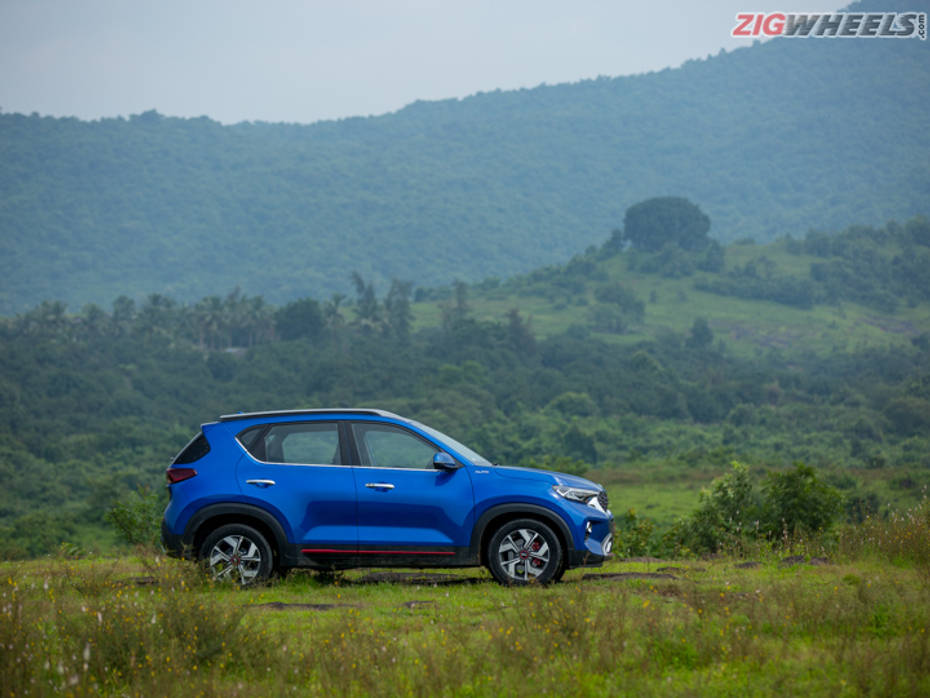
Secondly, compared to the Venue, there is a clever change in proportions too. The Kia has a shorter overhang at the front, and adds a bit of mass to the rear while increasing the overhang. This also helps the Kia boast of class-leading 392 litres of boot space, 42 litres more than the Venue. The lower loading lip and wider boot opening make loading luggage easier, although the lack of a 60:40 split rear bench seems like a silly omission.
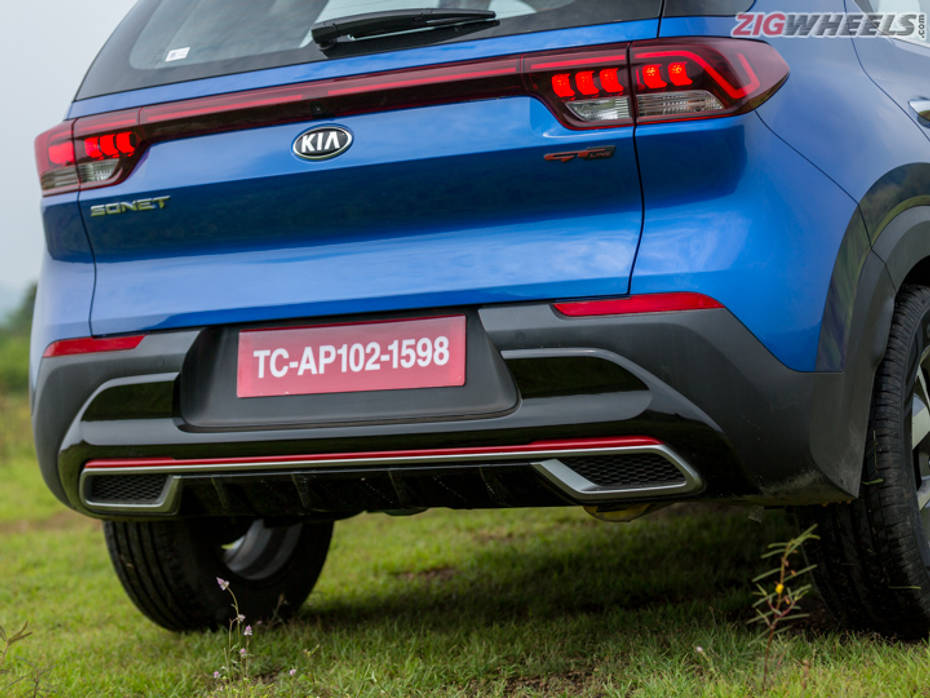
The rear design could also be considered a bit busy with faux double exhausts, a faux silver diffuser, piano black insert on the bumper, and a reflective strip connecting the tail lamps. Thankfully, this doesn’t take away from the attention-grabbing LED brake lights and LED DRLs.
Sprechen Sie Deutsch?
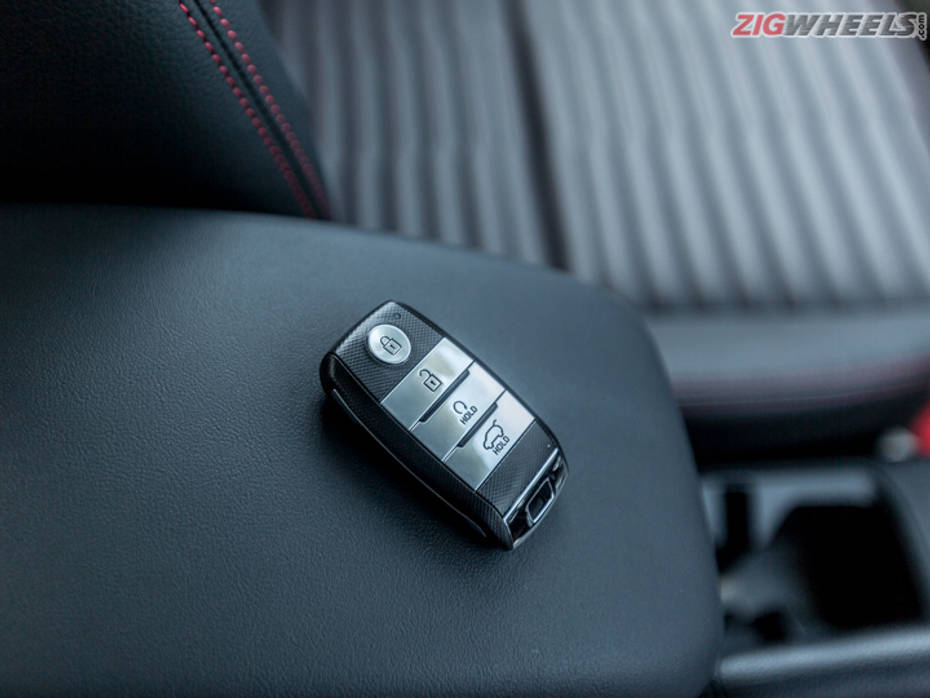
Hit the unlock button on the sleek key fob and the Sonet starts to speak German. The horn sounds a deep and loud “paap-paap”; no tinniness or sharpness here. The door handle slides out with a well-damped “shoof” and the door feels weighty too. On the inside, the sturdy build quality for the grab handle and the leatherette trim with the contrast red stitching whispers a hushed “teuer” to your fingers. Then the door shuts with a “thunk”. The Sonet speaks German unfalteringly, but you can tell that it isn’t a native speaker. However, in this budget and segment, we aren’t going to hold that against it.
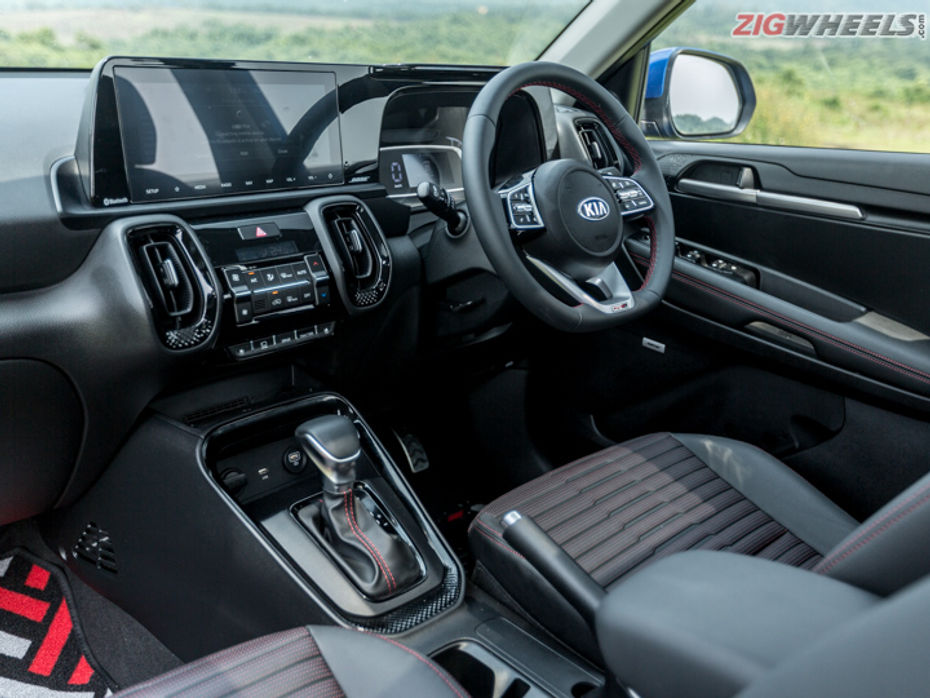
The undertones of seriousness don’t dampen the youthfulness of the cabin. The dashboard looks youthful with the large vertical air-con vents and chunky air-con control buttons attracting a lot of the attention. The cluster of large air-con controls feel a bit strange at first, but proves to be easy to use on the go. Practicality hasn’t taken a backseat in this cabin, with comfy front seats mounted a bit higher to help you look over the connected shroud design for instrument console and infotainment screen. Kia is offering full leatherette covers on the GTX+ while lower variants get fabric and leatherette combo or fabric only options.
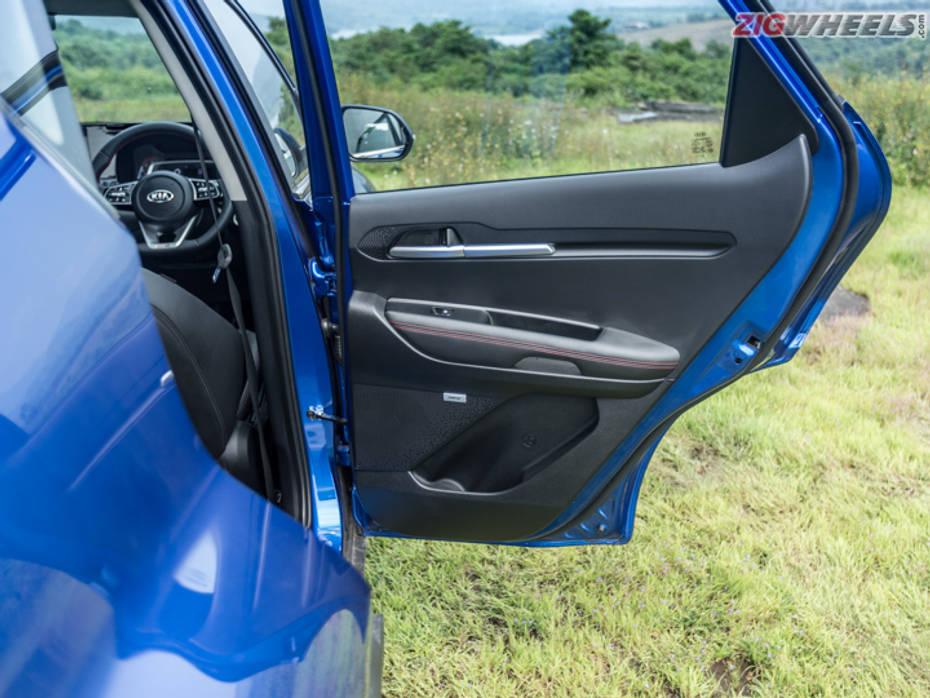
Stowage spaces are plenty too, with three handy spots for your precious phone: two trays and a slot between the cupholders. Aside from this, you get a well-padded sunglass holder on the roof and an umbrella storage spot above the front door pockets. The umbrella holder though would have been better positioned along the door edge like on Skodas, preventing water droplets from trickling into the door pocket.
Lets chill!
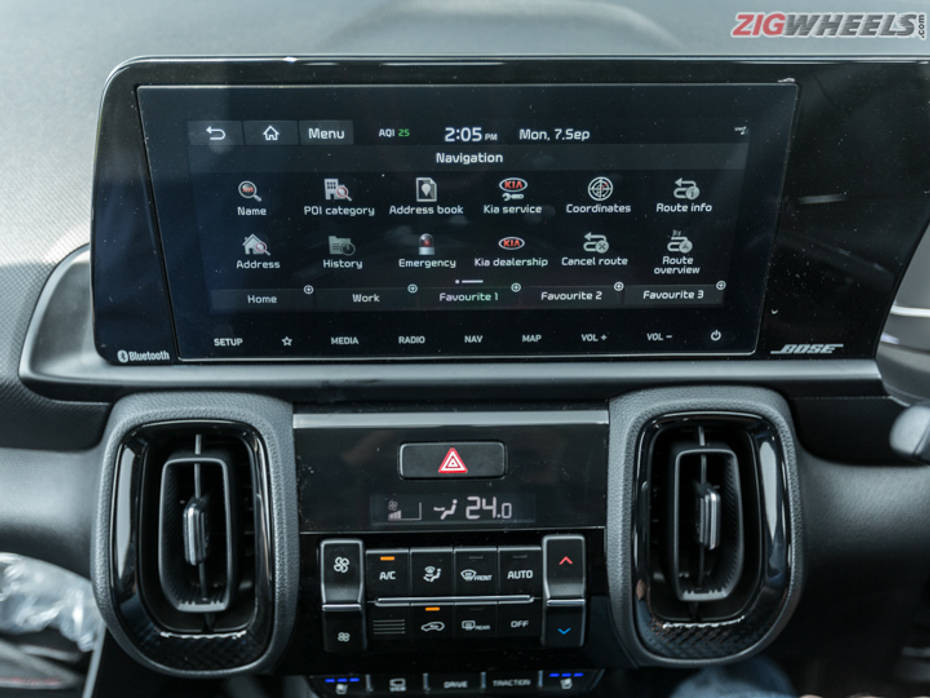
The Sonet has made ventilated seats the new touchscreen: simply, a must-have. After you experience the decadent chill induced by cool air blowing against your sweaty skin, there’s no going back to “regular” seats. It surely steals the thunder of the 10.25-inch touchscreen which is crisp and sharp. Like on the Seltos, you can control the air purifier from here and it is advisable to drop the blower speed to maintain the hushed quietness of the cabin.
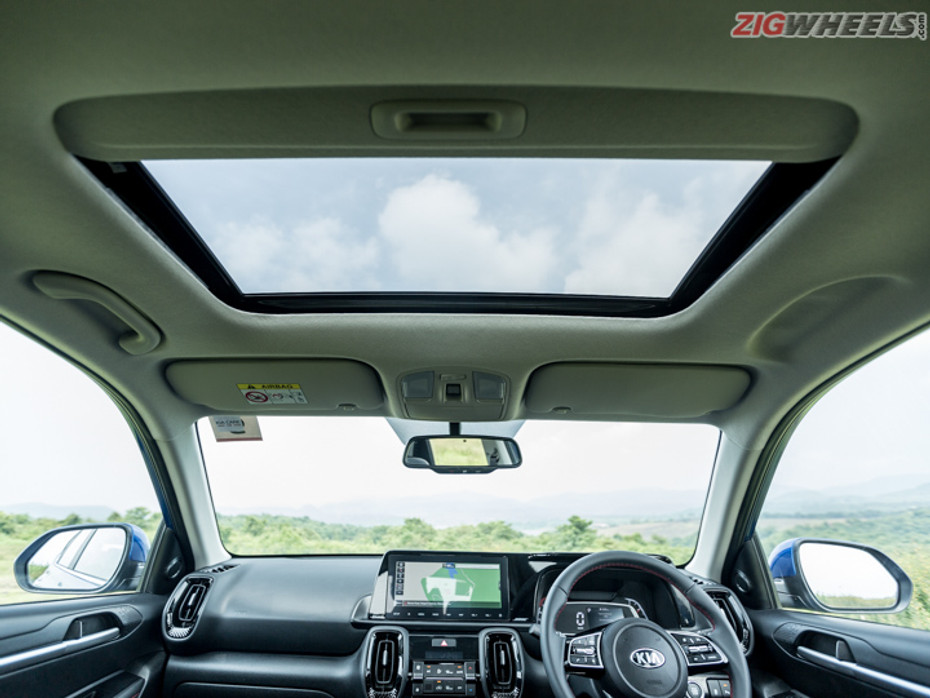
However, the lack of physical buttons to control the volume or the menu will be a bit annoying for your passenger. Using the “Hello Kia” commands promises some ease of use in theory. However, the usability is limited as the command list isn’t very diverse. For instance, of all the windows and sunroof, you can only roll down the driver-side window using voice commands. More importantly, the commands will be processed on the cloud, so, in poor network areas, like our shoot location, the commands worked slowly, or not at all. We could get the aircon to go full chill after a couple of tries while playing music did not work at all.
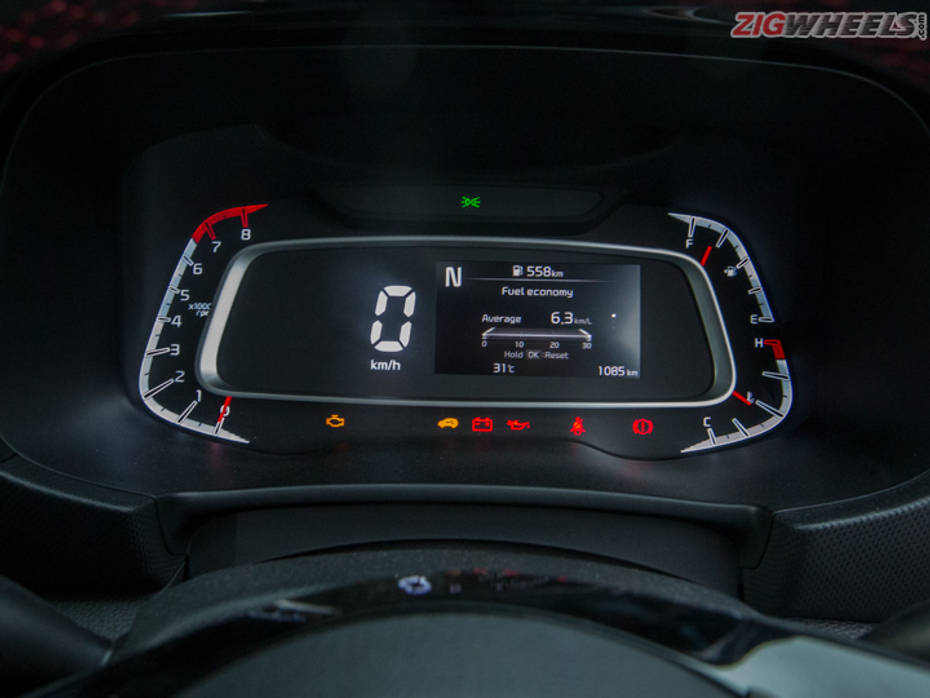
Controlling the media is no issue for the driver thanks to superbly crafted rocker-style switches on the flat-bottomed steering wheel. The 4.2-inch colour MID adds another layer of lustre to the cabin with its beautifully executed graphics for real-time fuel consumption. It also has a compass, tyre pressure monitor, wiper and headlamp modes, and trip computer details.
Take the backseat

Kia claims to have liberated a bit more space inside the Sonet’s cabin. A few millimetres of shoulder room seems to have been unlocked for rear-seat occupants by clever designing of the door pads. The narrowness of the cabin has limited the comfort factor in the Hyundai Venue when seating three adults in the back. The Kia, arguably, maybe better at this task, but it is primarily a four seater and the lack of a headrest for the centre occupant nudges you to that conclusion too.
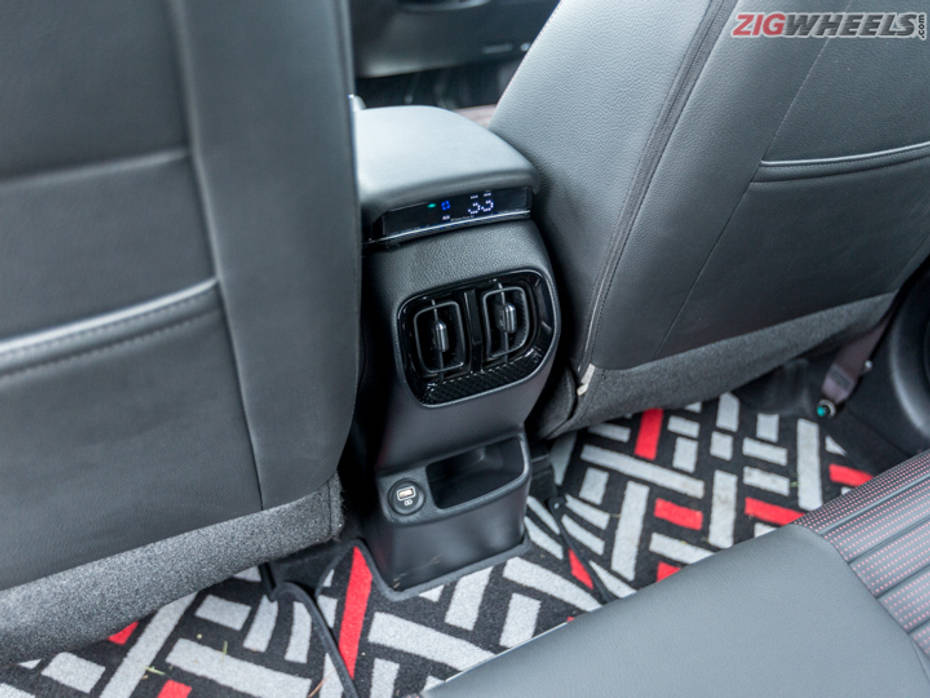
For two occupants, even six-footers, the Sonet will be plenty spacious. Then there are delightful details like the C-pillar mounted quarter glass, which falls outside your field of vision, but lets in light to make the cabin feel airier. There’s also an additional shallow seatback pocket that is perfect for stowing your phone. Besides, you get a dedicated cubby for the phone along with a USB port on the housing for the rear AC vents. The scooped-out seatback promises greater levels of comfort, however, the overly soft cushioning for the seats feels tiresome on your legs. This, albeit a small niggle, is a crucial one for families. Other than that, the backseat experience is very pleasing.
That, which can be felt, not seen
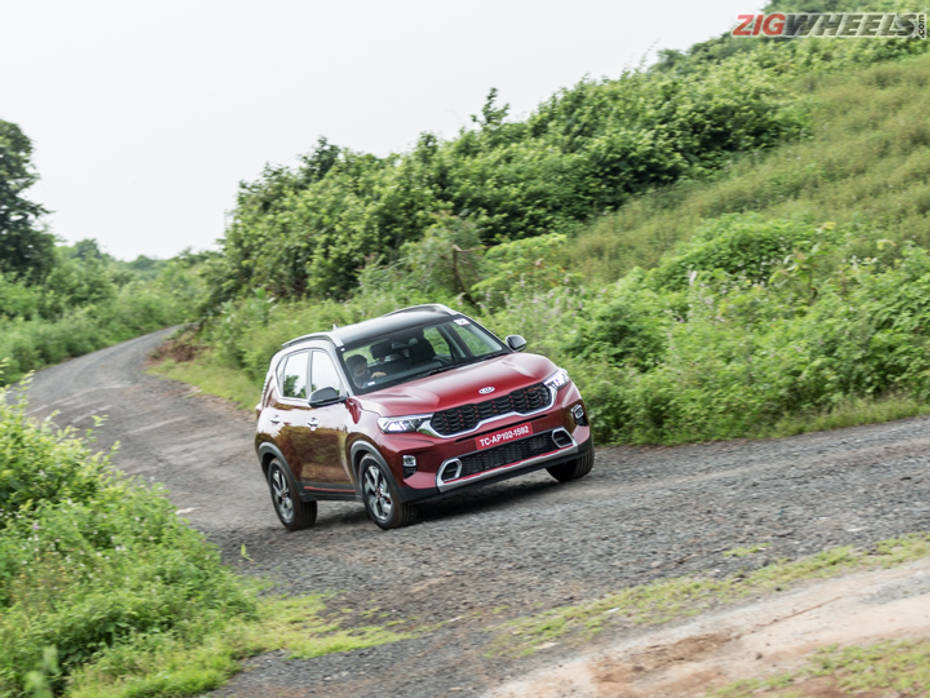
There’s a hush of quietness as we make our way through the outskirts of Mumbai. The thrum from the three-cylinder engine seems more distant than I expected it to be. As we drive further outward, the question dissolves and the realisation firms up that Kia’s claim of more sound deadening using new engine mounts to reduce vibration aren’t just slideshow heroes. The quiet cabin is backed up by a plush suspension tune which seems to push our terrible road conditions further away. You pretty much glide over broken roads and can smash through potholes. Over sharp edges, you do hear the suspension “thwack” at its limit, but you don’t feel that in the cabin. In this regard, Kia has done well to choose a better setup for Indian roads than on the Seltos. When combined with the quietness, the resulting sense of calm and long-legged ability belies the size of the Sonet.
Drive to win
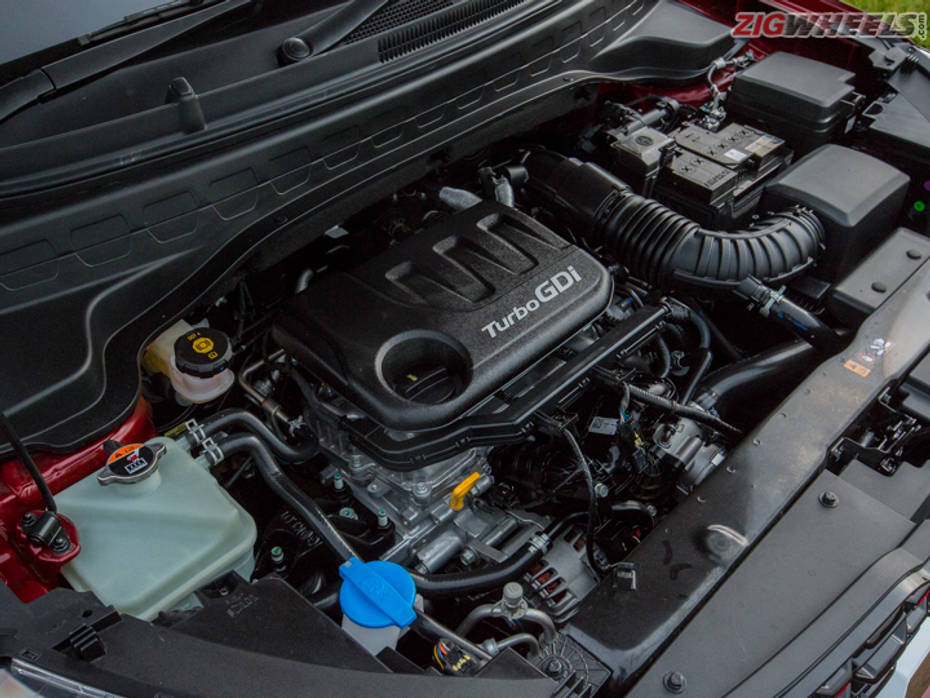
Kia is offering the Sonet with a choice of two petrol engines and one diesel. The 1.5-litre diesel is offered in two states of tune: 100PS/240Nm when combined with the 6-speed manual or the Seltos-spec 115PS/250Nm when combined with the 6-speed torque converter. The auto is a unique offering in the segment, bringing the sophistication and smoothness of a “proper” automatic to this class.
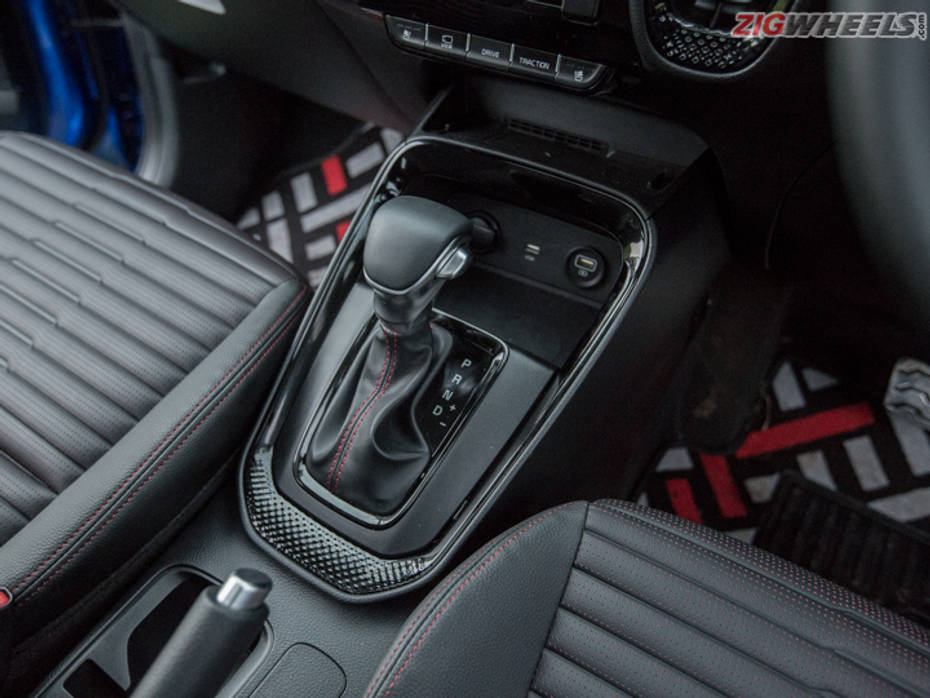
Very quickly you get a sense that the diesel-auto would make for a great companion as a daily driver or for a long journey. That’s because the torque makes upping the pace a breezy affair, be it at city speeds or on the highway. The smooth and unhurried shifts of the gearbox deliver a sense of premiumness, but for highway stints, you do wish it was a touch faster. Thankfully, the torque masks this shortcoming well and its 0-100kmph time of 11.8 seconds shows that it is only a few tenths slower than the turbo-petrol and DCT combo! Impressive, huh! The manual does the same run in an admirable 12.3 seconds (claimed). The thought that follows: wouldn’t a diesel and iMT combination be magical?
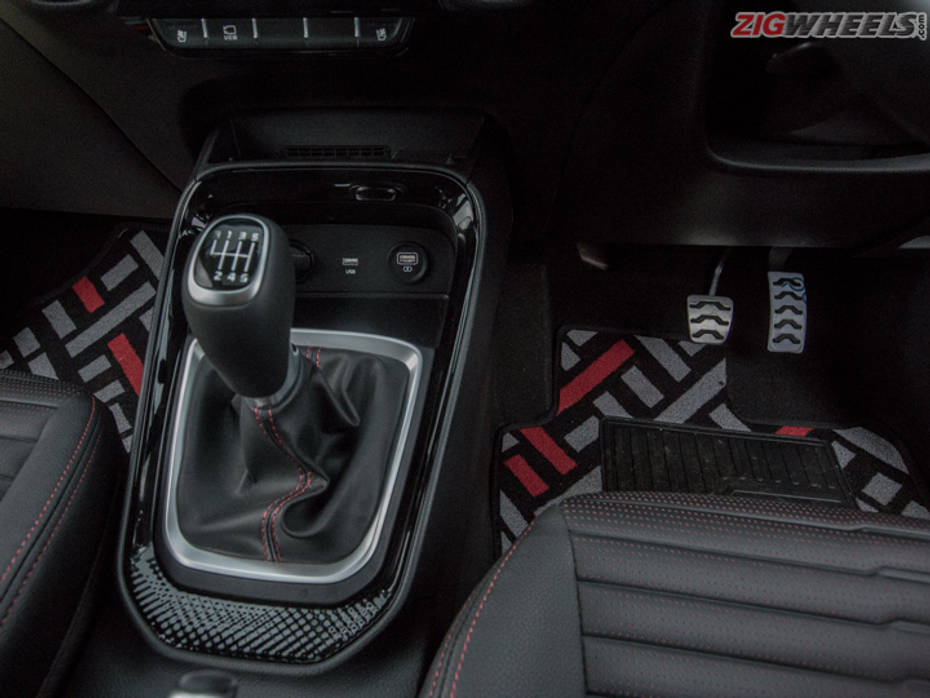
For now, the iMT or the clutchless manual transmission is only offered with the 1-litre turbo-petrol. Kia, like Hyundai, also offers the turbo-petrol with the dual-clutch transmission. But after spending time with the iMT, it feels as though the DCT would make sense only for the snobbiest or the laziest drivers out there. Serious. There is no head-nod as the system juggles the speed and force of clutch engagement, and the engine revs to give you superb shifts. For everyday driving, the iMT could deliver a better driving experience at a fraction of the cost, as the DCT isn’t a very snappy unit. In the 0-100kmph times, as claimed by Kia, the iMT is only a second slower than the DCT, 12.3 vs 11.3 seconds. While in terms of fuel efficiency, they are virtually on par, with the iMT delivering 18.2kmpl to the DCT’s 18.3kmpl.
Playing around
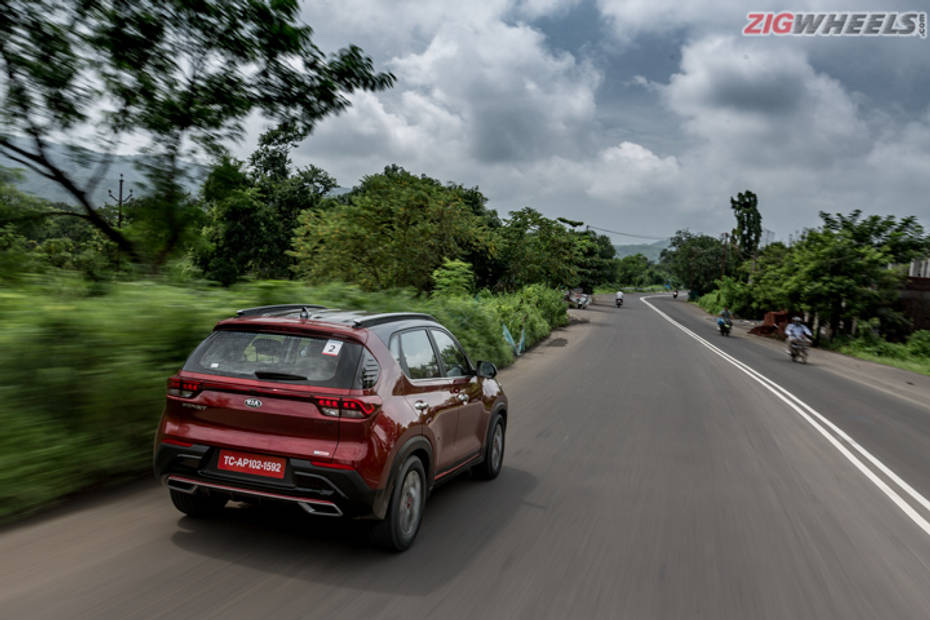
There’s a fun factor to the iMT too as it rev-matches when shifting down the gears, which will get you in the mood to hustle. While slotting the gears in a hurry can feel clumsy, as gate spacing is awkward, the sense of control and immediacy is deeply satisfying.
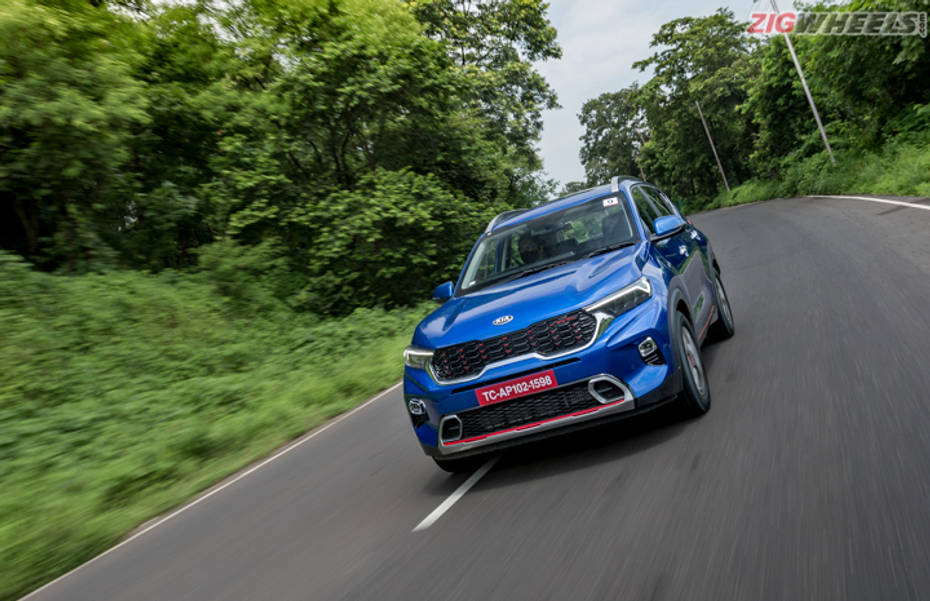
However, if you want the drive modes (Eco, Normal and Sport) and traction modes (Snow, Mud and Sand) you will have to opt for the automatic transmission options. The drive modes alter throttle response to make the Sonet calmer or more urgent to drive. The Eco mode is well suited for laidback commutes in the city, while the Normal mode would be better suited for a quicker pace. Sport mode is for when you are late to office or for zipping down highways.
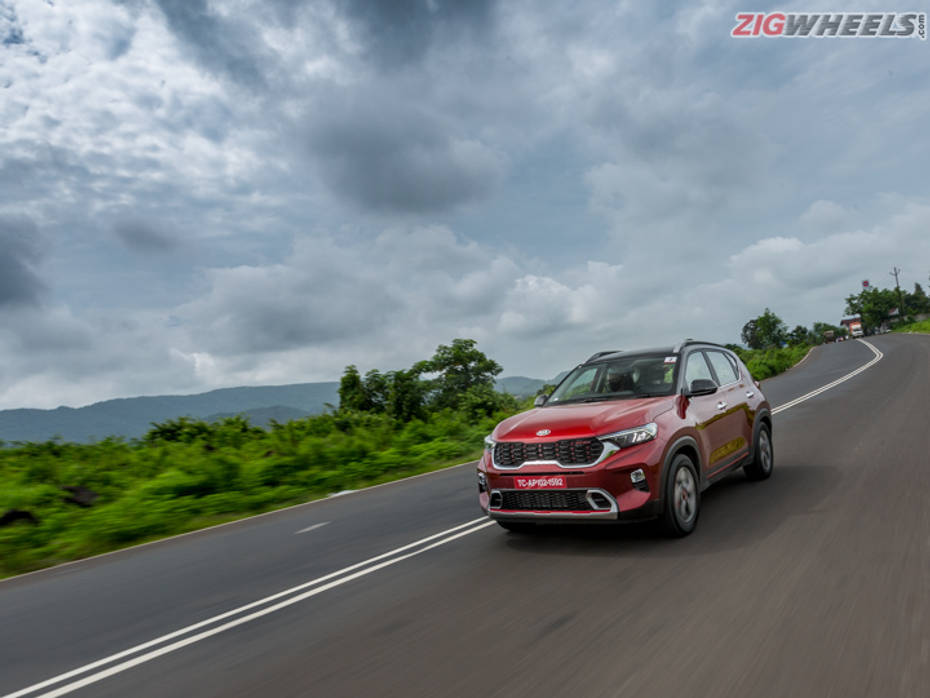
Irrespective of which gearbox you choose, the Sonet is enjoyable on twisty roads. It goes where you want it to with confidence, and doesn’t let the slight body roll get in the way of having some fun. The 215/60 R16 rubber felt grippy and the bite from the brakes was adequate too. On the safety front, as expected, the Sonet comes with dual airbags and ABS as standard, but you also get six airbags, stability control and hill assist on higher variants.
This just in - Kia Sonet prices range from Rs 6.71 - 11.99 lakh (ex-showroom Delhi).
Sonet sum up
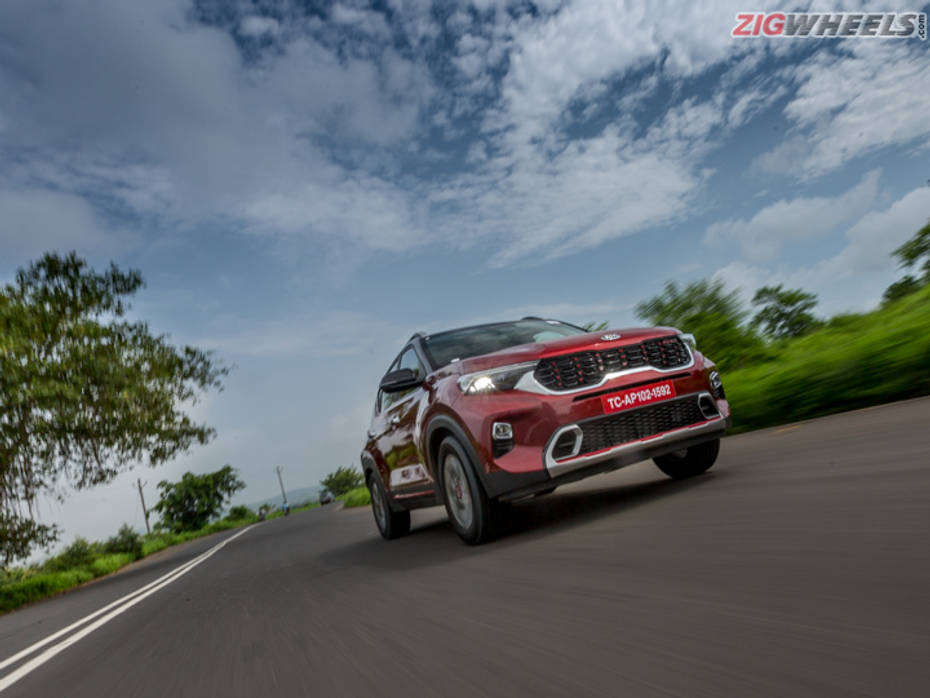
The only bones we have to pick with the Sonet are with its variant mix, wherein features such as alloy wheels are offered only on the top two variants. Also, automatic options are restricted to two variants. This severely limits choices for the buyer. Moreover, the narrowness of the cabin and the softness of the rear bench curbs the Sonet’s suitability as a family car. Other than these gripes, passing a verdict on the Sonet is easy. It is impressive, even more so than the Seltos, as it delivers a palpably richer experience in a smaller package and in a more price-sensitive segment. While prices of the Sonet haven’t been announced yet, a sensible premium over the Venue will all but seat the Sonet’s tag as the sub 4-metre champ.

Kia Officially Joins The Uber Competitive Sub-4m Segment With The...

Kia Motors Has An Extensive Lineup Of EVs Planned For The Future

Weekly Car News Fix: Mercedes-AMG GLE 53 Coupe, Volkswagen Cars Price...

🚙 Kia Sonet vs Hyundai Venue vs Kia Seltos: One To Rule Them All?
India's largest automotive community